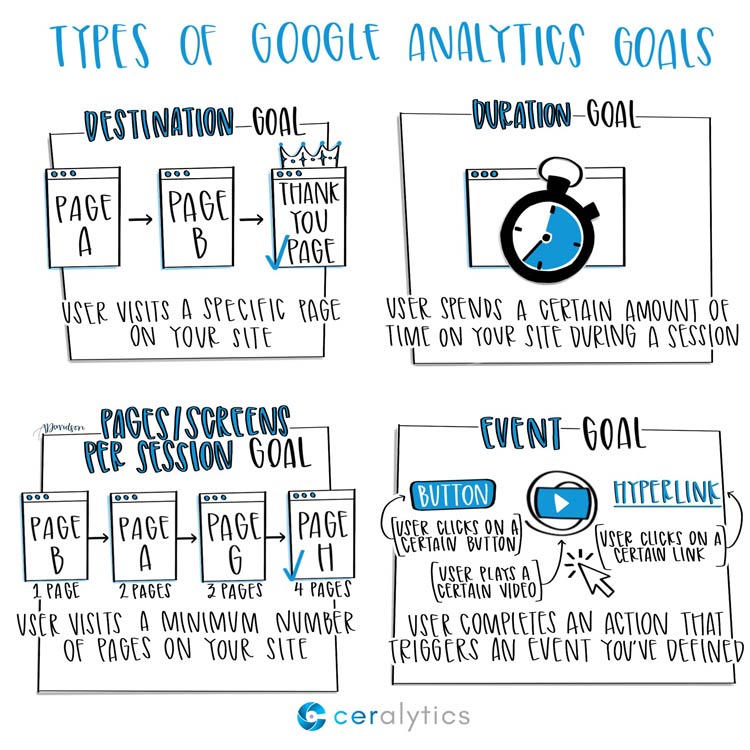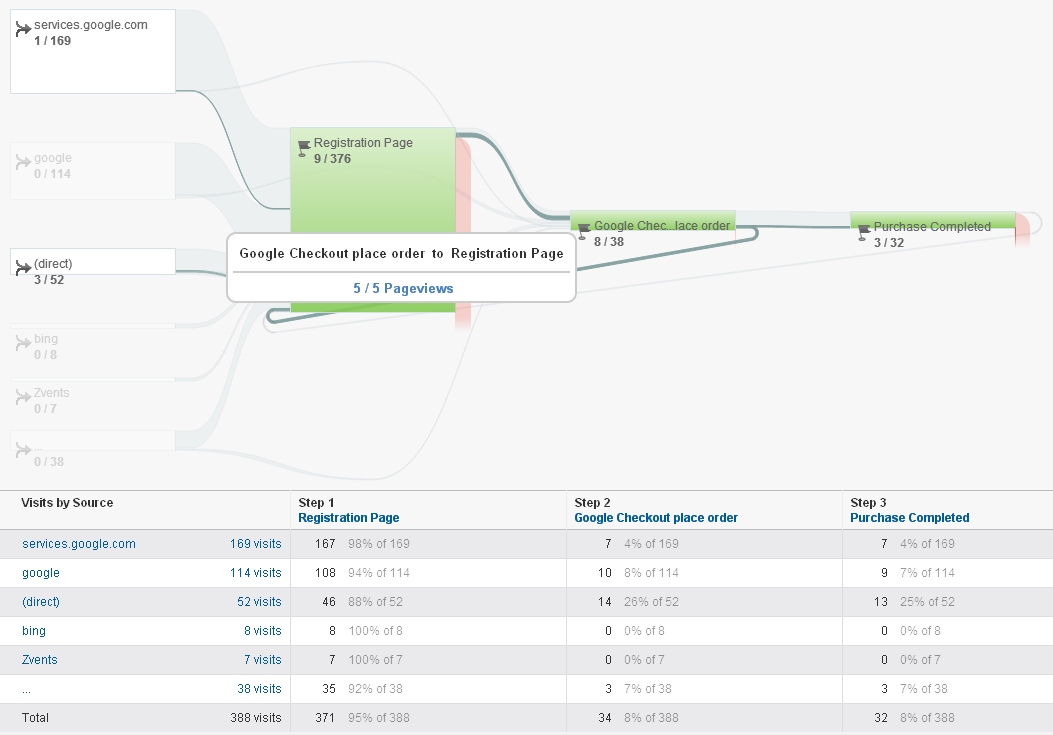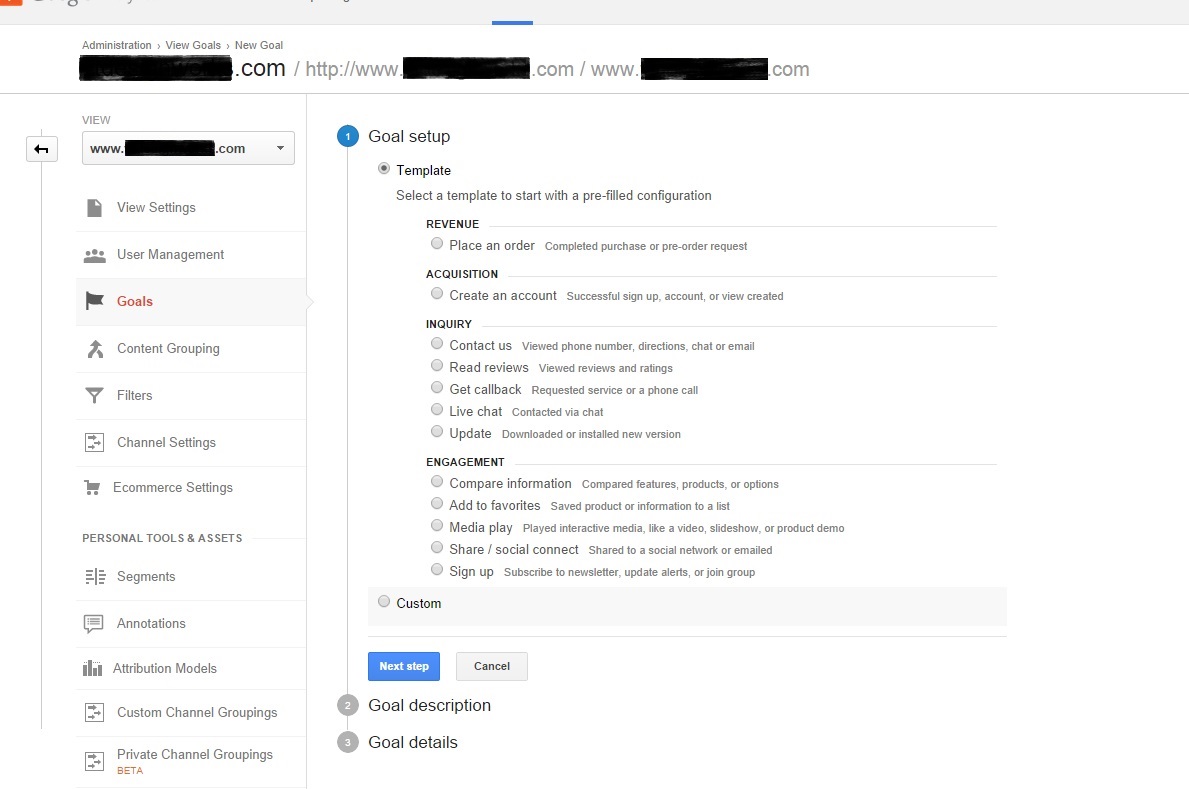Exploring What Data Is Google Analytics Goals Unable to Track
Exploring What Data Is Google Analytics Goals Unable to Track
Blog Article
Introducing the Blind Attractions: Understanding What Google Analytics Goals Can not Measure
In the realm of electronic analytics, Google Analytics stands as an effective tool for monitoring and evaluating on-line user interactions. Nevertheless, in the middle of its robust abilities, there exist dead spots that usually avert measurement. Recognizing what Google Analytics objectives can not gauge is critical for obtaining a comprehensive sight of user habits and involvement. As we dive into the details of these unseen areas, we discover a complex internet of uncharted territories that hold beneficial understandings right into individual activities and inspirations, difficult conventional knowledge and clarifying the limitations of our data-driven understanding.
Individual Behavior on External Operatings Systems
Recognizing exactly how users engage on external systems is important for enhancing online approaches. Outside systems, such as social networks networks, referral web sites, and on the internet forums, play a substantial role in driving website traffic to a company's web site. By evaluating user habits on these systems, companies can obtain important understandings right into the effectiveness of their marketing initiatives and the choices of their target audience.
One secret facet of individual actions on external platforms is the reference resource. By tracking where the users are coming from, businesses can identify which systems are driving one of the most traffic to their website. This information can aid companies assign their sources extra efficiently, concentrating on the platforms that produce the very best outcomes.

Offline Communications and conversions
Examining individual habits on outside platforms gives important insights into on-line methods; however, considering offline conversions and communications is similarly necessary for an extensive understanding of a company's general performance. Offline conversions, such as in-store acquisitions or phone inquiries, play a significant role in lots of companies' success.

Attribution Beyond Last Click
When delving right into the world of digital advertising analytics, it comes to be essential to look beyond the solitary touchpoint of the last click for a more detailed understanding of acknowledgment. While Google Analytics web provides important insights into individual actions, relying exclusively on last-click acknowledgment can be restricting - what data is google analytics goals unable to track. Attribution models that go beyond the last click provide a more nuanced view of the client trip, considering all the touchpoints that bring about a conversion
Acknowledgment beyond the last click allows marketing professionals to designate credit to various communications along the conversion course, providing a more clear picture of the effectiveness of various advertising and marketing check out here networks. By checking out multi-touch attribution versions such as straight, time degeneration, or position-based acknowledgment, companies can better allocate their advertising and marketing budget plans and enhance their methods for maximum impact.
Understanding the impact of each touchpoint in the conversion process is essential for making educated choices and maximizing ROI. By accepting attribution past the last click, organizations can get deeper understandings right into customer behavior and customize their marketing initiatives much more effectively.
Cross-Device and Cross-Browser Monitoring

Similarly, cross-browser tracking matches cross-device monitoring by capturing user habits as they switch between various what data is google analytics goals unable to track internet browsers. Understanding just how users connect with internet sites on numerous internet browsers can aid marketing professionals enhance their on-line experiences to ensure consistency and capability across various systems.
Qualitative Data and Individual Intent
Comprehending customer intent with qualitative data evaluation is critical for establishing targeted digital advertising and marketing approaches that resonate with the needs and choices of the target audience. Qualitative information offers insights into the 'why' behind user actions, clarifying motivations, emotions, and preferences that measurable data alone can not record. By examining user responses, remarks, and interactions, marketing professionals can reveal important details about user intent, permitting them to customize their messaging, material, and offerings to much better align with what their audience is seeking.
Qualitative information also assists in comprehending the context in which individuals engage with a site or application. This contextual understanding enables marketing experts to develop more customized and pertinent experiences, ultimately driving greater engagement and conversion prices. By delving right into customer intent via qualitative information analysis, organizations can acquire a deeper understanding of their target market, causing a lot more reliable advertising and marketing methods that meet customers' assumptions and demands.
Verdict
To conclude, Google Analytics goals have restrictions in determining customer habits on outside platforms, offline conversions, attribution beyond last click, cross-device and cross-browser tracking, and qualitative information associated to customer intent. what data is google analytics goals unable to track. It is very important for organizations to be conscious of these unseen areas in order to supplement their information evaluation with various other tools and techniques to get a much more extensive understanding of their audience and improve their general digital advertising strategies
By analyzing individual habits on these systems, companies can gain useful understandings into the effectiveness of their marketing initiatives and the choices of their target audience.
Assessing user actions on external platforms gives beneficial understandings right into online strategies; however, considering offline conversions and interactions is similarly imperative for a detailed understanding of a company's total efficiency.In digital marketing analytics, relocating beyond last-click acknowledgment to check out cross-device and cross-browser monitoring is necessary for gaining a holistic understanding of user interactions across various platforms and devices. By analyzing user feedback, comments, and communications, online marketers can uncover valuable information about user intent, allowing them to tailor their messaging, web content, and offerings to much better straighten with what their target market is seeking.
By delving into user intent via qualitative information evaluation, services can acquire a much deeper understanding of their target audience, leading to a lot more efficient advertising and marketing approaches that fulfill customers' demands and assumptions.
Report this page